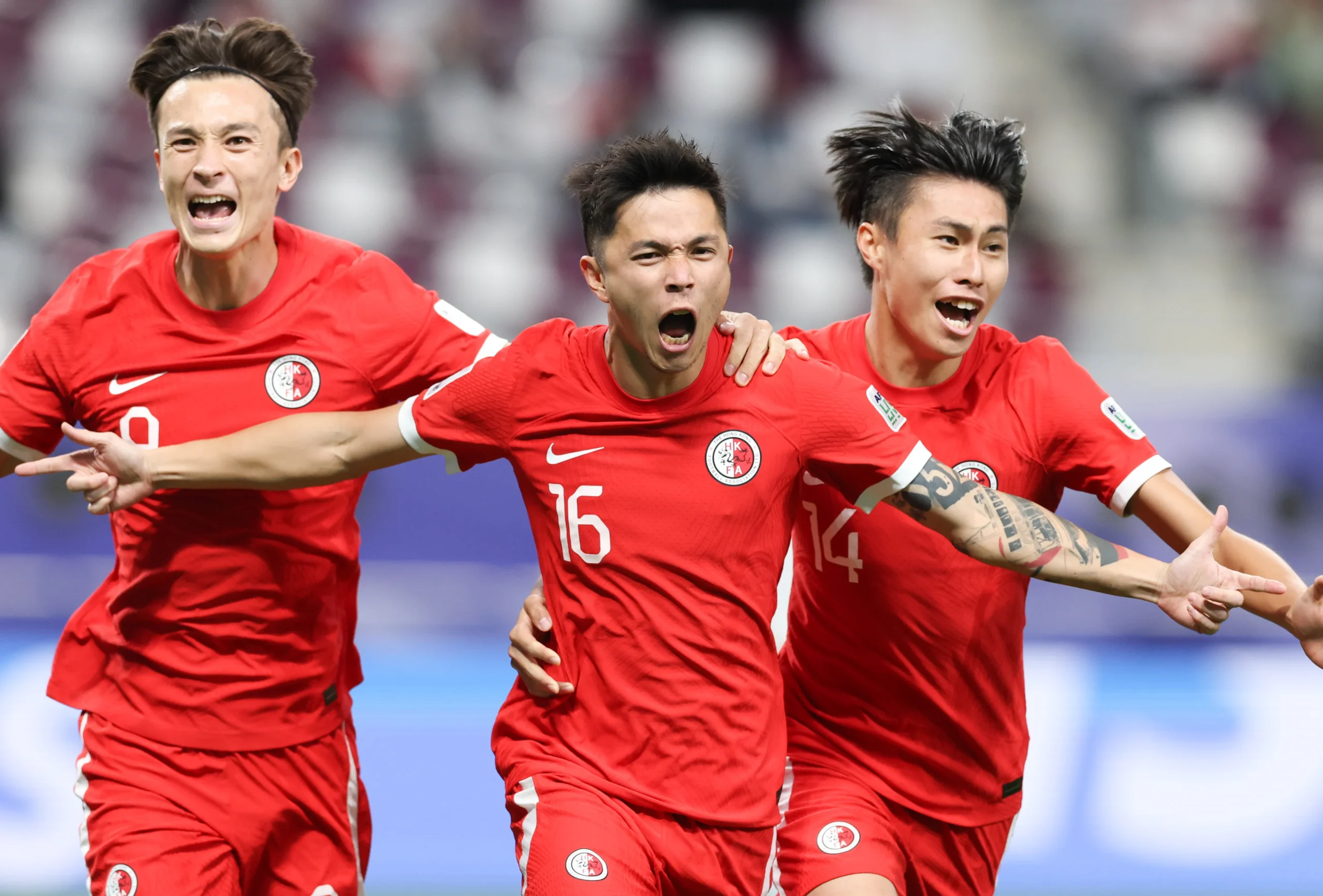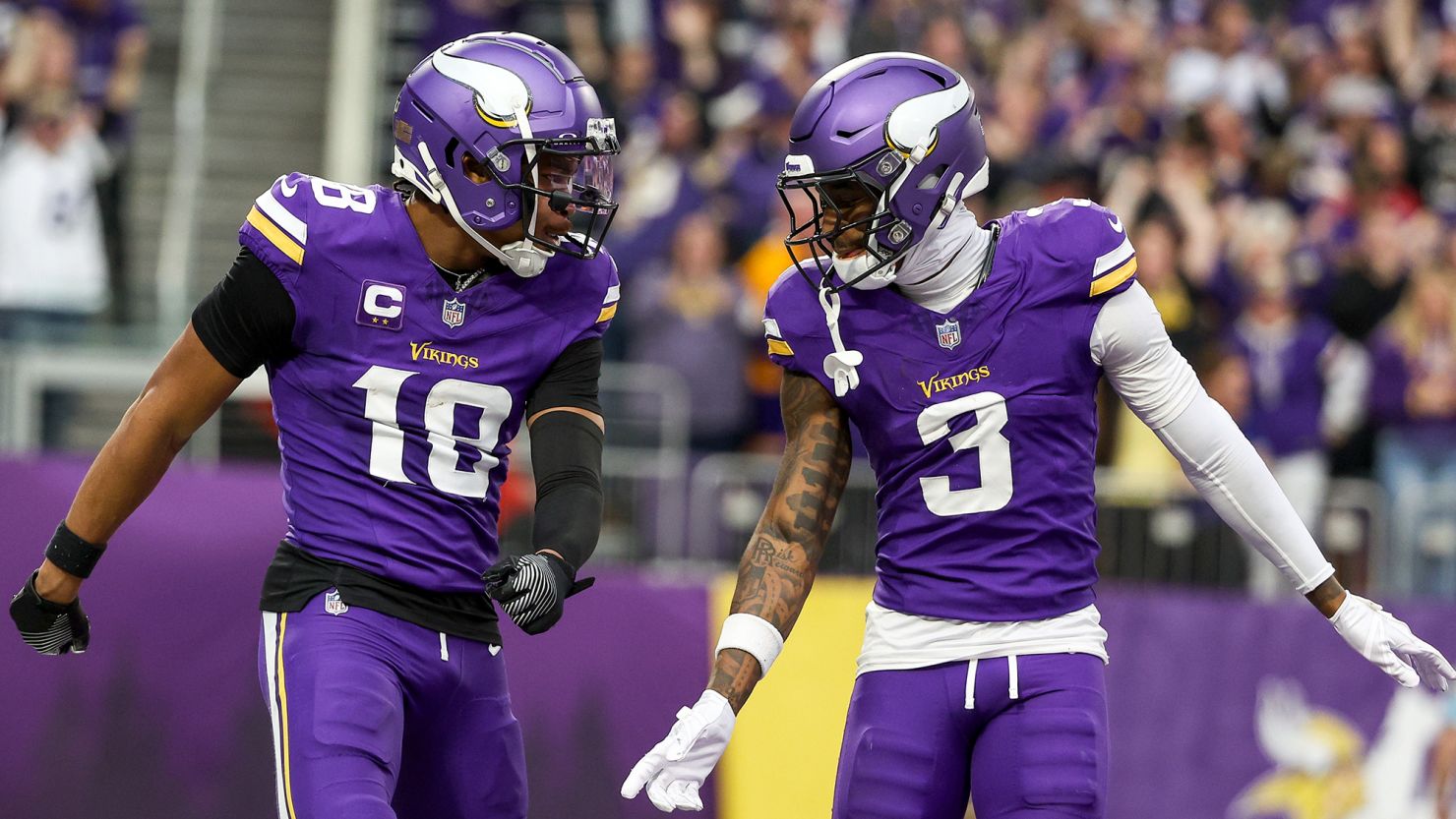In the sweltering heat of Mong Kok Stadium, under a skyline that shimmers with ambition, a quiet revolution is taking shape in Hong Kong football. It’s not the kind of uprising that grabs headlines overnight. It doesn’t roar—it simmers. But make no mistake: something is building here.
After years spent lingering in the background of Asia’s football ecosystem, Hong Kong now finds itself at a crossroads—armed with new investment, a growing identity, and perhaps most crucially, a moment.
A League Reclaiming Relevance
For decades, the Hong Kong Premier League operated in the shadows—overshadowed by Japan’s J.League, South Korea’s K League, and increasingly by China’s sprawling Super League ambitions. With declining attendances and a dearth of competitive performances on the international stage, local football seemed locked in slow decay.
But a shift has started to take hold.
The 2022–23 season witnessed a renewed energy: attendance ticked upward, new investors came on board, and local talent like Matthew Orr and Sun Ming Him emerged as faces of a new generation—not just good by Hong Kong standards, but genuinely exportable.
Behind the scenes, clubs like Kitchee SC and Lee Man FC are leading a subtle modernization effort—investing in sports science, revamping youth academies, and forging strategic links with European clubs for both development and legitimacy. Kitchee’s investment in a high-performance center stands as one of the few of its kind in Southeast Asia.
The league, long dismissed as a retirement option or stepping stone, is starting to recalibrate its identity—not as a lesser league, but as a launchpad.
Hong Kong’s Football Identity: Between Two Worlds
Unlike most national teams, Hong Kong’s identity is not strictly geographical. It’s cultural, political, and personal. Players who pull on the red jersey are not just representing a city—they’re performing a balancing act.
On one hand, there’s the history of British football influence: fast-paced, pragmatic, deeply physical. On the other, there’s the shadow of China—a footballing behemoth that has embraced capital with fervor, but often struggled with authenticity.
Hong Kong’s football opportunity lies somewhere in between.
It has access to infrastructure and commercial capital from both the East and West. It speaks multiple footballing languages—European tactical structure, Asian flair, and Chinese scale. And as more players from the region look outward, particularly toward Europe and the Middle East, Hong Kong can become both a springboard and a showcase.
From Refuge to Relevance
In the past, Hong Kong was where careers came to wind down. Today, it could be where they start. The growing number of dual-eligible players—those born abroad but with Hong Kong roots—adds a layer of intrigue.
This includes diaspora talent from Australia, Canada, and the UK, who are increasingly seeing the Hong Kong jersey as a legitimate international opportunity. Hong Kong FA’s strategic outreach to these players is not just about bolstering the squad, but about reshaping the narrative.
When 19-year-old Michael Udebuluzor, son of a former Nigerian international, chose Hong Kong over other options, it was seen less as a gamble, more as a statement: “This place believes in me.”
That belief, still rare in Asian football, might be Hong Kong’s greatest export in the next decade.
Hosting Dreams, Exporting Vision
Hong Kong is also reasserting itself as a destination. With the Greater Bay Area integration plan linking the city with economic powerhouses like Shenzhen and Guangzhou, the government sees sport—particularly football—as a means of soft power.
Hosting the AFC Champions League, international friendlies, and even whisperings of a long-term pitch to co-host an expanded Asian Cup, are all part of a calculated move. Not to dominate the football world, but to belong in it.
At the youth level, international academies are slowly setting up shop. Partnerships with La Liga and Bundesliga clubs are no longer just PR exercises—they’re pipelines. This is Hong Kong betting on itself—not to produce a Messi, but to build an ecosystem where the next Kaoru Mitoma or Son Heung-min could emerge, on merit and infrastructure alike.
A Moment That Must Be Seized
But with every opportunity comes urgency.
The next 3–5 years are critical. If domestic clubs can’t sustain momentum, if the league fails to retain talent, or if political complications dissuade dual-nationals from committing to Hong Kong, this window may close.
There’s also the China factor. The more Hong Kong succeeds, the more questions arise about autonomy, identity, and long-term direction. But for now, football offers a rare clarity in a city constantly redefining itself.
In the end, Hong Kong’s football rise may not be defined by one player or one victory. It may be defined by its ability to build something lasting—quietly, smartly, sustainably.
In a city that never stops moving, football is finally starting to keep pace.
IMAGE – Getty Images


